What is Tarantula Food
Understanding the dietary requirements of a tarantula is crucial for its health and longevity. Unlike many pets, tarantulas have relatively simple feeding needs, but these needs must be met consistently. A tarantula’s diet primarily consists of live insects, providing the necessary protein, chitin, and other nutrients essential for growth and molting. The size of the food should be proportionate to the size of the tarantula itself. A general rule is to offer insects that are no larger than the tarantula’s abdomen. Overfeeding or underfeeding can lead to health issues, so it’s important to establish a regular feeding schedule based on the spider’s age, size, and species. Correct food choice plays a vital role in ensuring the spider lives a healthy life in its terrarium.
Types of Tarantula Food
Several types of live insects are suitable as tarantula food. The choice of food depends on factors like availability, ease of care, and nutritional value. It’s also wise to provide a varied diet to ensure the tarantula receives a broad spectrum of nutrients. Always make sure that the insects are obtained from a reliable source, free from pesticides and other harmful substances. The insect’s size is really important for the tarantula. Also, the insect should be alive and moving to trigger the tarantula’s hunting instincts.
Live Insects
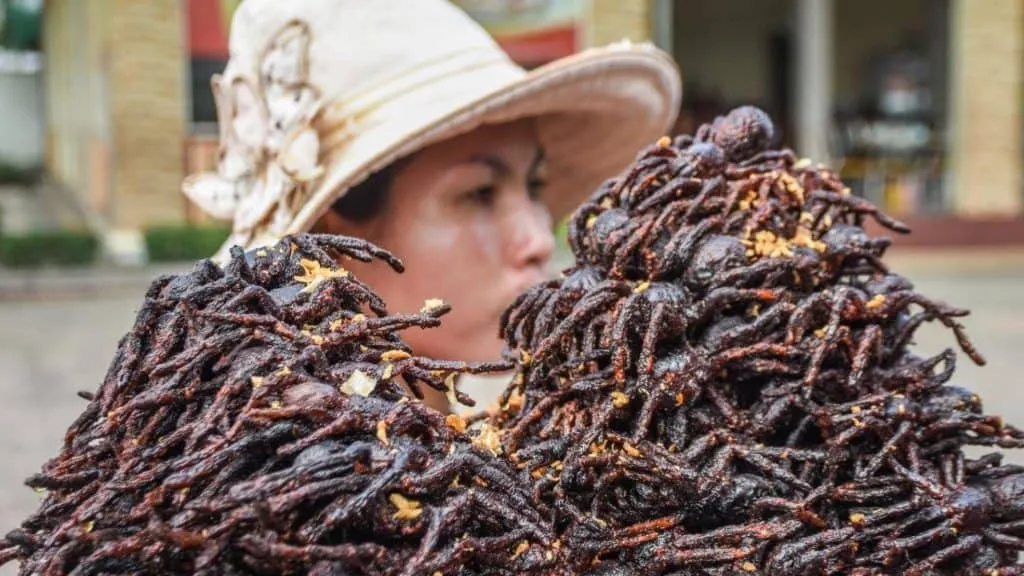
Live insects are the cornerstone of a tarantula’s diet, mimicking its natural hunting behavior. It’s important that the insects are lively and healthy to ensure the tarantula is stimulated to feed. The insects should also be free from any parasites or diseases. Some keepers also gut-load the insects with nutritious food for 24 hours before feeding them to their tarantulas, increasing the nutritional value for the spider. This method helps to provide the tarantula with the best possible nutrients.
Crickets
Crickets are a popular choice for tarantula food due to their availability and ease of breeding. They offer a good source of protein, but their nutritional profile can vary depending on the food they consume. Crickets can be purchased from pet stores or bred at home, although home breeding requires some space and effort. Ensure the crickets are gut-loaded before feeding, giving them nutritious foods like vegetables and grains. The size of the crickets should be appropriate for your tarantula, generally no larger than its abdomen.
Roaches
Roaches, particularly Dubia roaches, are another excellent choice for tarantula food. They are high in protein and relatively easy to breed. They also have a longer lifespan than crickets, which is beneficial for tarantula keepers. Roaches are not as noisy or prone to escaping as crickets. They are also less likely to burrow, making them a convenient option. They are a good source of nutrients and can be gut-loaded to enhance their nutritional value. Roaches are a preferred choice by many tarantula keepers.
Mealworms
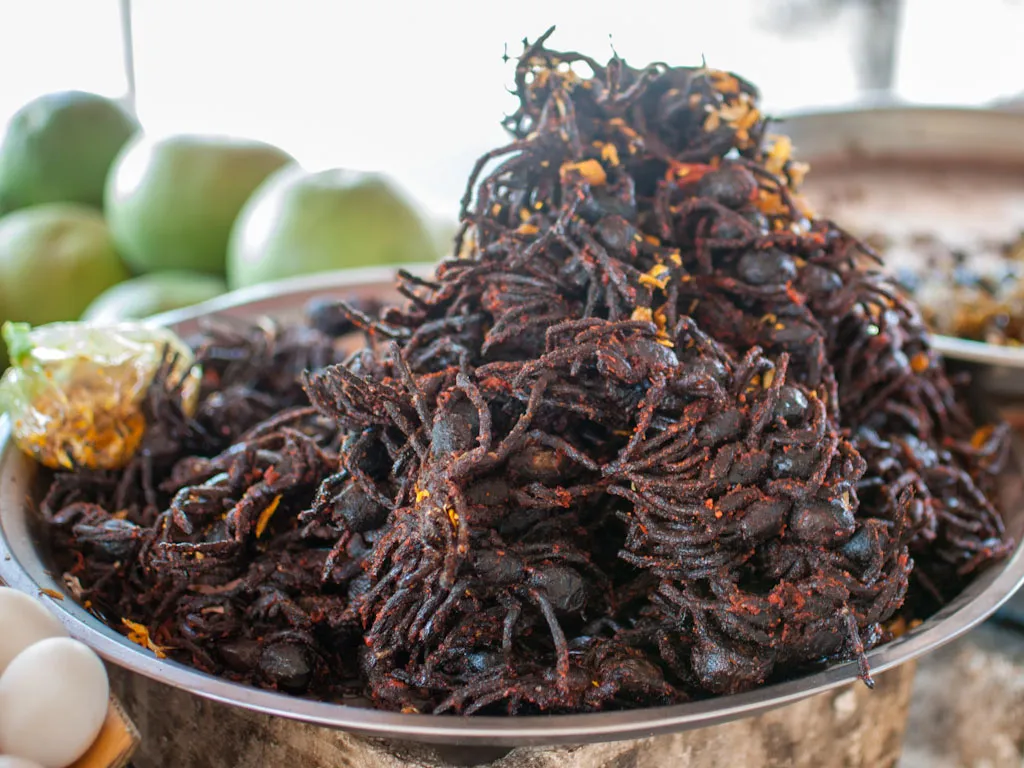
Mealworms are a less ideal, but acceptable, food source for tarantulas. They are relatively low in nutritional value and have a tough exoskeleton that can be difficult for tarantulas to digest, especially younger ones. If mealworms are used, they should be given in moderation and offered only to older tarantulas. It’s a good practice to gut-load mealworms before feeding them to the tarantula to improve their nutritional profile. Mealworms are readily available and can be purchased from various sources.
Feeding Your Tarantula
Proper feeding techniques are essential for keeping your tarantula healthy. Offer the live insects directly to the tarantula’s enclosure. The tarantula will typically catch and consume the prey. Remove any uneaten insects after 24 hours to prevent them from stressing the tarantula or causing harm. The enclosure’s environment, including temperature and humidity, can affect the tarantula’s appetite. Avoid handling the tarantula, as it can lead to stress and potential bites. Regular observation of your tarantula’s feeding habits can help you identify any health issues.
Feeding Frequency
Feeding frequency depends on the tarantula’s age and size. Spiderlings and juvenile tarantulas need to be fed more often, about 2-3 times per week, while adult tarantulas can be fed once or twice a week. Adjust the feeding schedule based on the tarantula’s appetite and how it consumes its food. Overfeeding can lead to obesity, while underfeeding can stunt growth. Always monitor the tarantula’s abdomen; if it appears overly plump, reduce the feeding frequency. If your tarantula refuses food, it could be in premolt, a sign of illness, or due to other environmental factors.
Water and Hydration
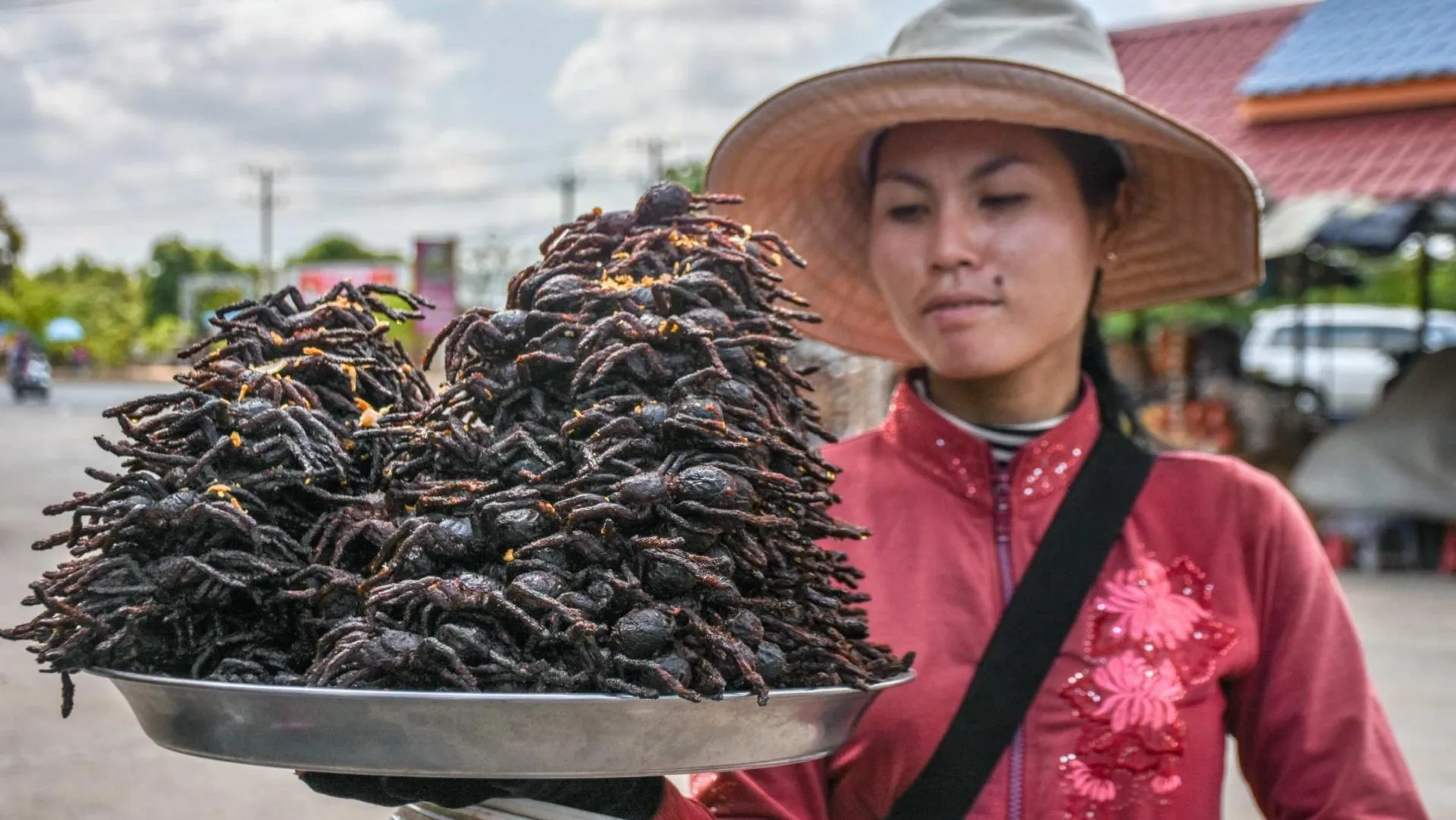
Alongside food, fresh water is vital for a tarantula’s health. Provide a shallow water dish with clean water at all times. The water should be changed regularly to prevent bacterial growth. Tarantulas absorb water through their mouthparts. In addition to a water dish, maintain appropriate humidity levels in the enclosure based on the species’ needs. Humidity can be maintained by misting the enclosure or providing a damp substrate. Always ensure that your tarantula has access to a clean water source to stay hydrated.
Nutritional Needs
Tarantulas need a balanced diet to thrive. Insects offer the necessary protein, fats, and chitin. The nutritional content of insects can vary, so providing a variety of food sources can help. Avoid feeding your tarantula wild-caught insects, as they may carry parasites or pesticides. A varied diet is key to ensuring that the tarantula receives all the necessary nutrients. Proper nutrition is essential for molting, growth, and overall health.
Supplementing the Diet
While a diet of live insects provides most of the nutrients a tarantula needs, some keepers supplement with vitamins or calcium. This practice is more common when breeding tarantulas. Calcium can support the development of the exoskeleton. The need for supplements varies based on the tarantula’s diet and species. Always research the specific needs of your tarantula species before adding any supplements. Supplements should be used sparingly and only when necessary.
Finding Tarantula Food in Cambodia
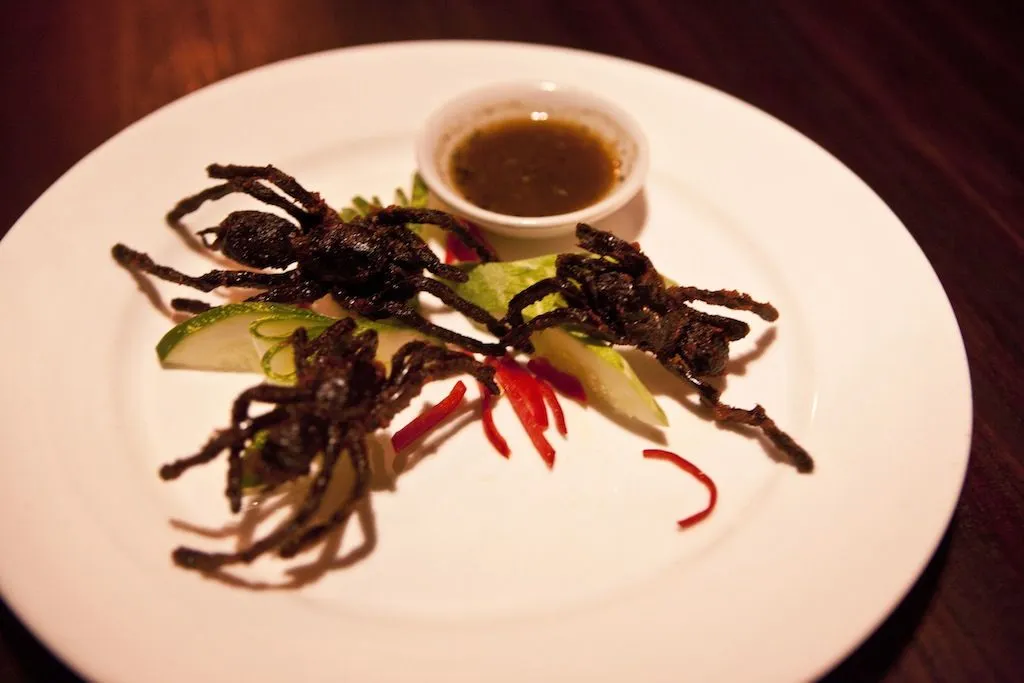
Finding suitable tarantula food in Cambodia requires knowing the local markets and suppliers. Options include visiting local markets, specialty pet shops, or online sources. The best option will depend on the availability and accessibility in your specific area. Consider the freshness and health of the insects when choosing a supplier, ensuring they are free from diseases and pesticides. Proper sourcing is important for your tarantula’s health.
Local Markets and Suppliers
Local markets in Cambodia can offer access to crickets and other live insects. Visit markets early in the morning for the best selection. Building a relationship with a reliable supplier is important for a consistent food supply. Check the quality of the insects and ensure they are healthy and active before purchasing. Be aware of potential seasonal variations in insect availability and plan accordingly. This ensures a stable food supply for your tarantula.
Online Sources
Online sources offer convenience and a wider selection of insects. However, assess the reliability of online suppliers before purchasing. Consider shipping costs and the condition of the insects upon arrival. Read reviews and check customer feedback to ensure the supplier’s quality and service are high. Also, make sure that the online supplier is licensed and follows regulations. Ordering insects online can be a viable solution for obtaining less common food items.
Food Safety and Storage
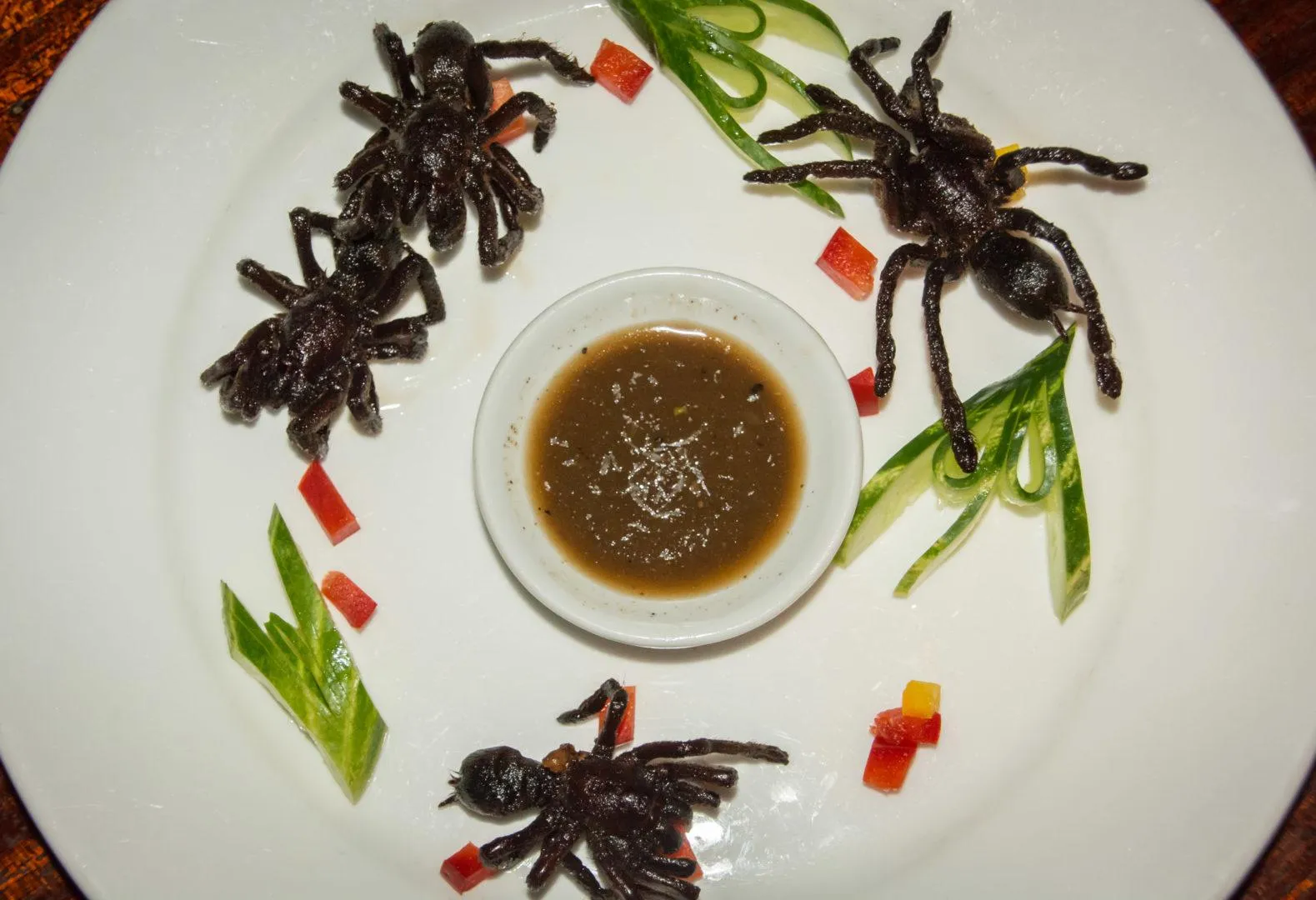
Proper food safety and storage are critical for the health of your tarantula. When handling live insects, always wash your hands thoroughly. Store live insects in a well-ventilated container with appropriate food and water. Check the insects regularly for any signs of disease or death. If you breed insects, keep the breeding and feeding areas clean to avoid contamination. Practicing good hygiene and storage methods ensures that you provide your tarantula with safe and healthy food.
In conclusion, feeding your tarantula in Cambodia requires understanding the right food types, feeding frequency, and sourcing options. By focusing on live insects, like crickets and roaches, providing fresh water, and maintaining proper hygiene, you can ensure a long and healthy life for your tarantula. Regular monitoring and adapting to your tarantula’s specific needs are essential. With this guide, you are well-equipped to provide a proper diet for your tarantula.
